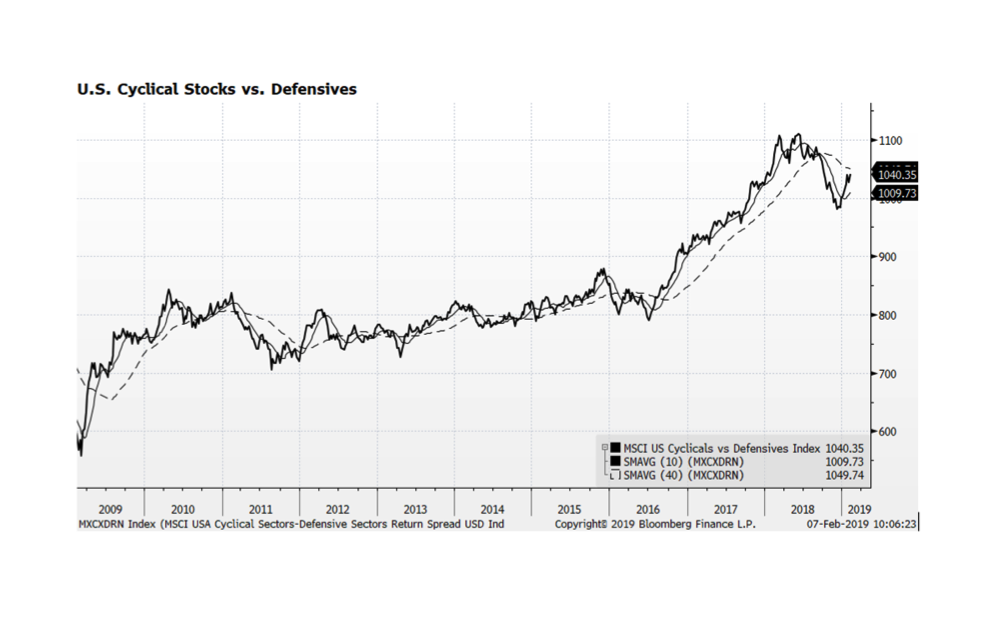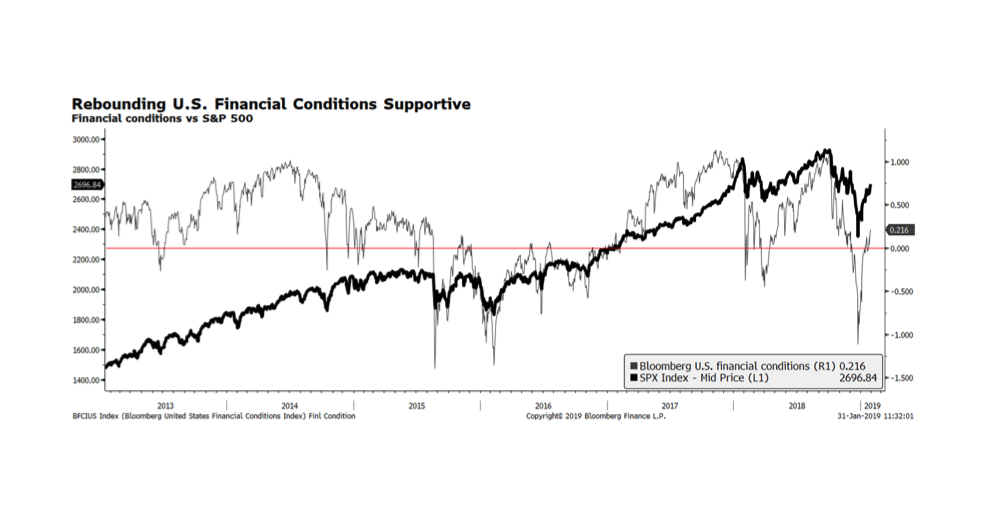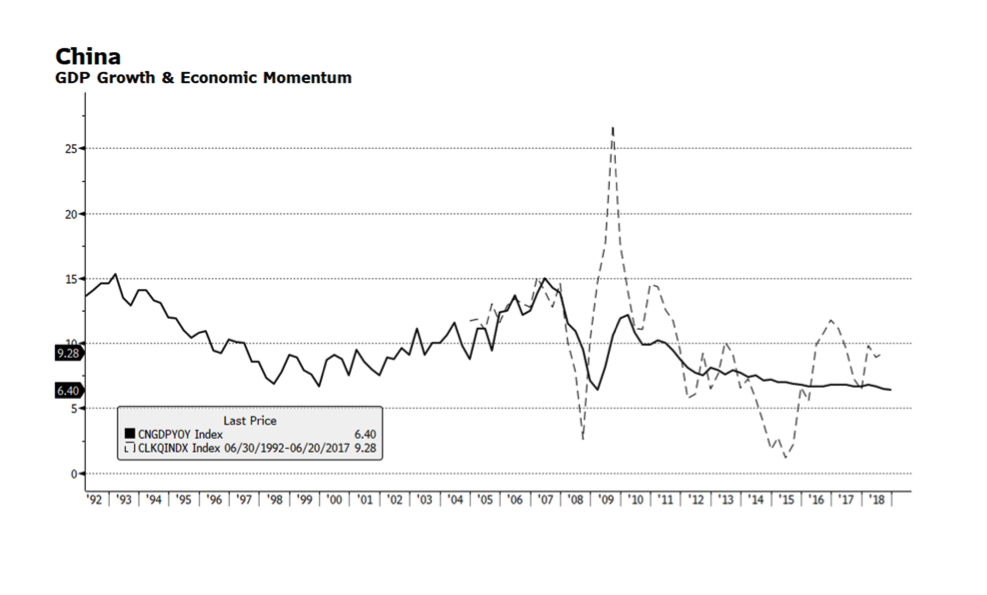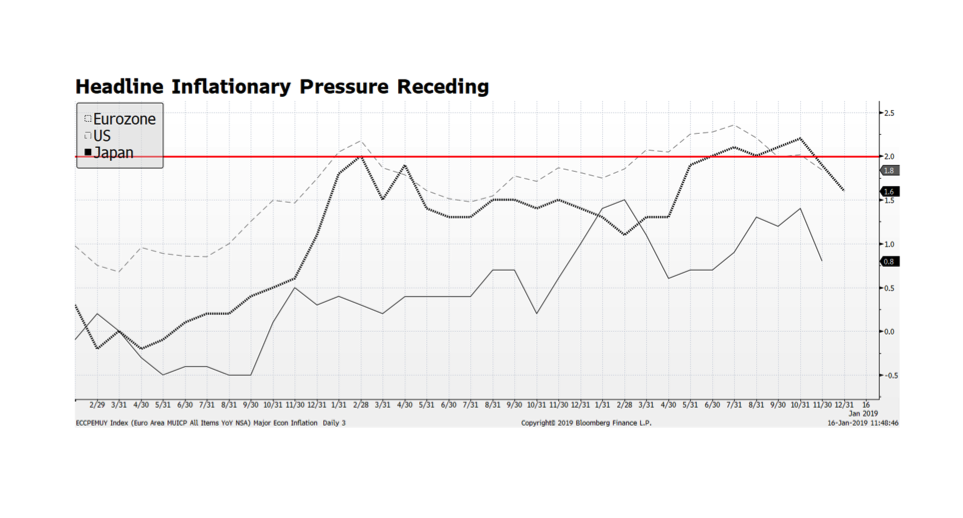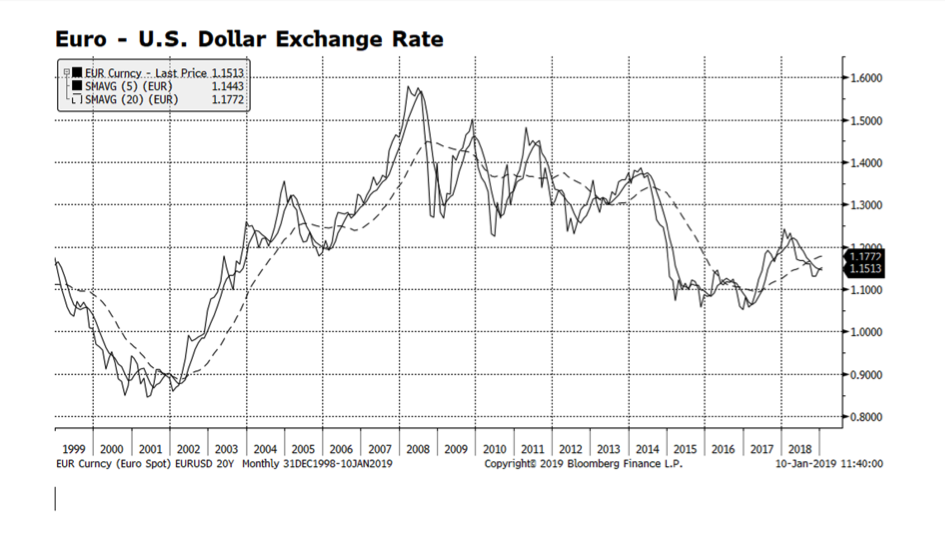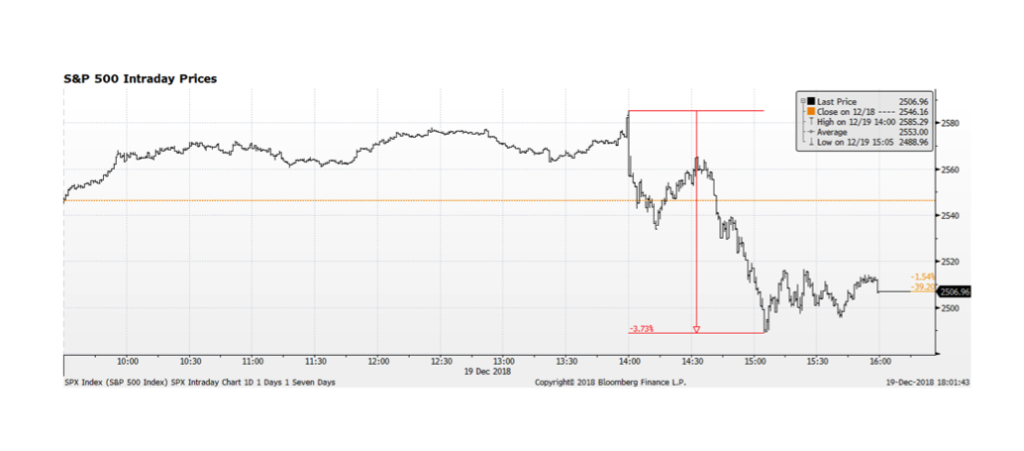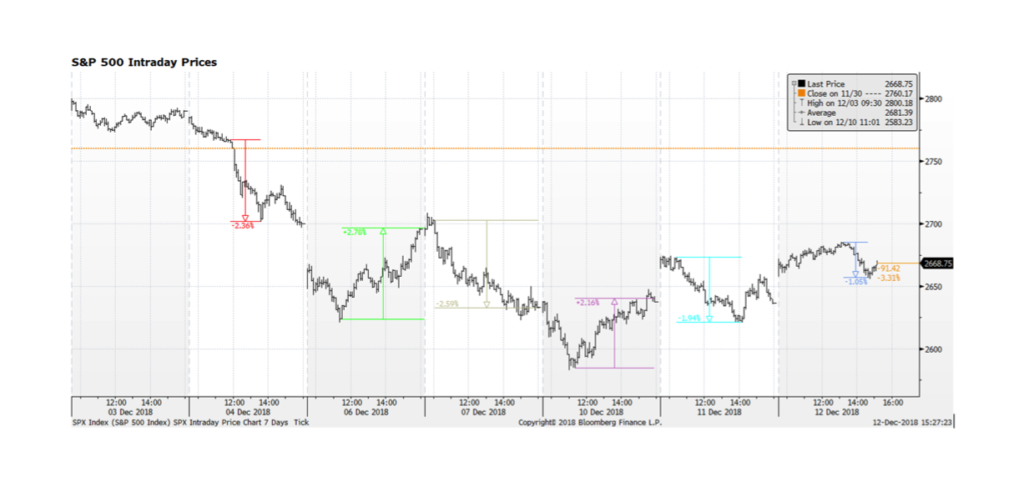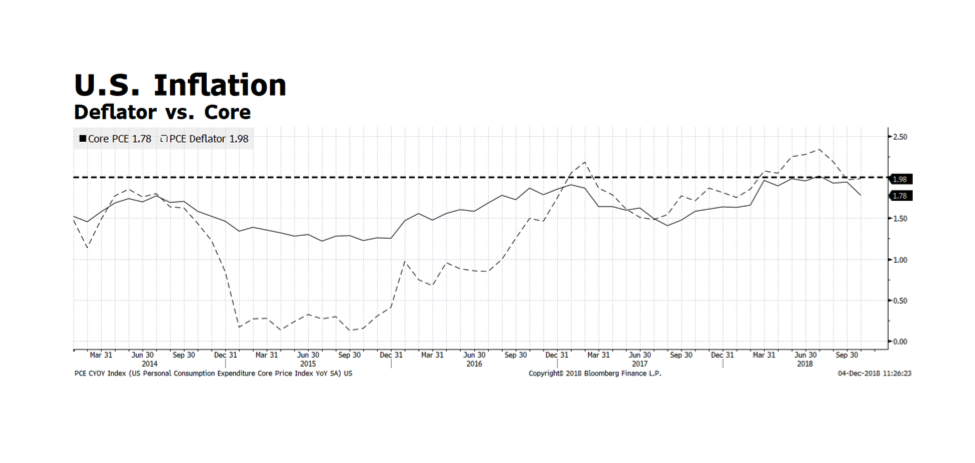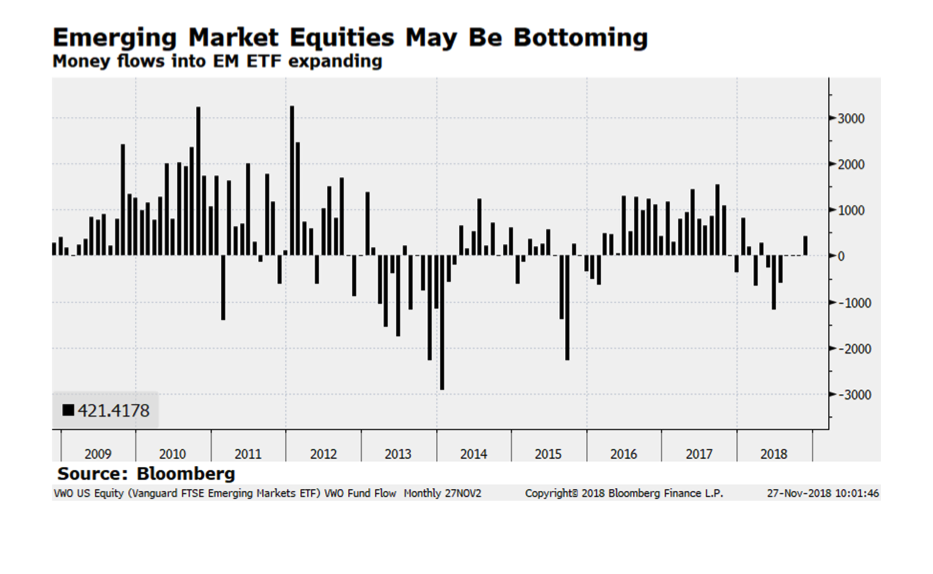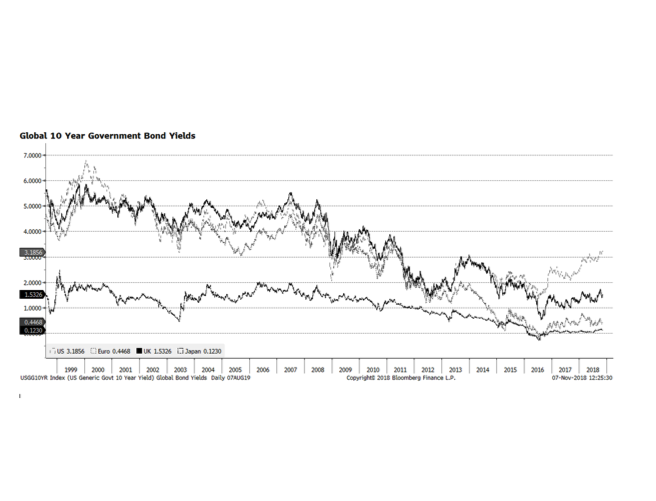The MSCI USA Cyclical Sectors – Defensive Sectors Index measures the performance differential of sectors such as Technology and Consumer Discretionary versus traditional defensive sectors such as Utilities, Telecommunications and Consumer Staples. After suffering one of the worst corrections since 2011, the index appears to have begun to recover. It is no secret that risk assets have rallied strongly so far this year, but if the rebound in this index can be sustained, broader gains in the US equity market and other riskier asset should continue.
The index corrections that we experienced earlier in the decade were related to concerns about global growth. In the 2010-2013 period, the volatility centered mainly on the viability of the Eurozone and economic stress in Portugal, Ireland, Italy, Greece and Spain (PIIGS). Now Italy appears headed towards recession while Germany and France are also facing headwinds. The beginning of 2016 also marked a period of heightened index volatility due to Chinese growth concerns. Similar issues in these key segments of the global economy persist, but the US Federal Reserve is now perceived to be much more accommodative after setting a more hawkish and restrictive tone in the Fall of 2018.
